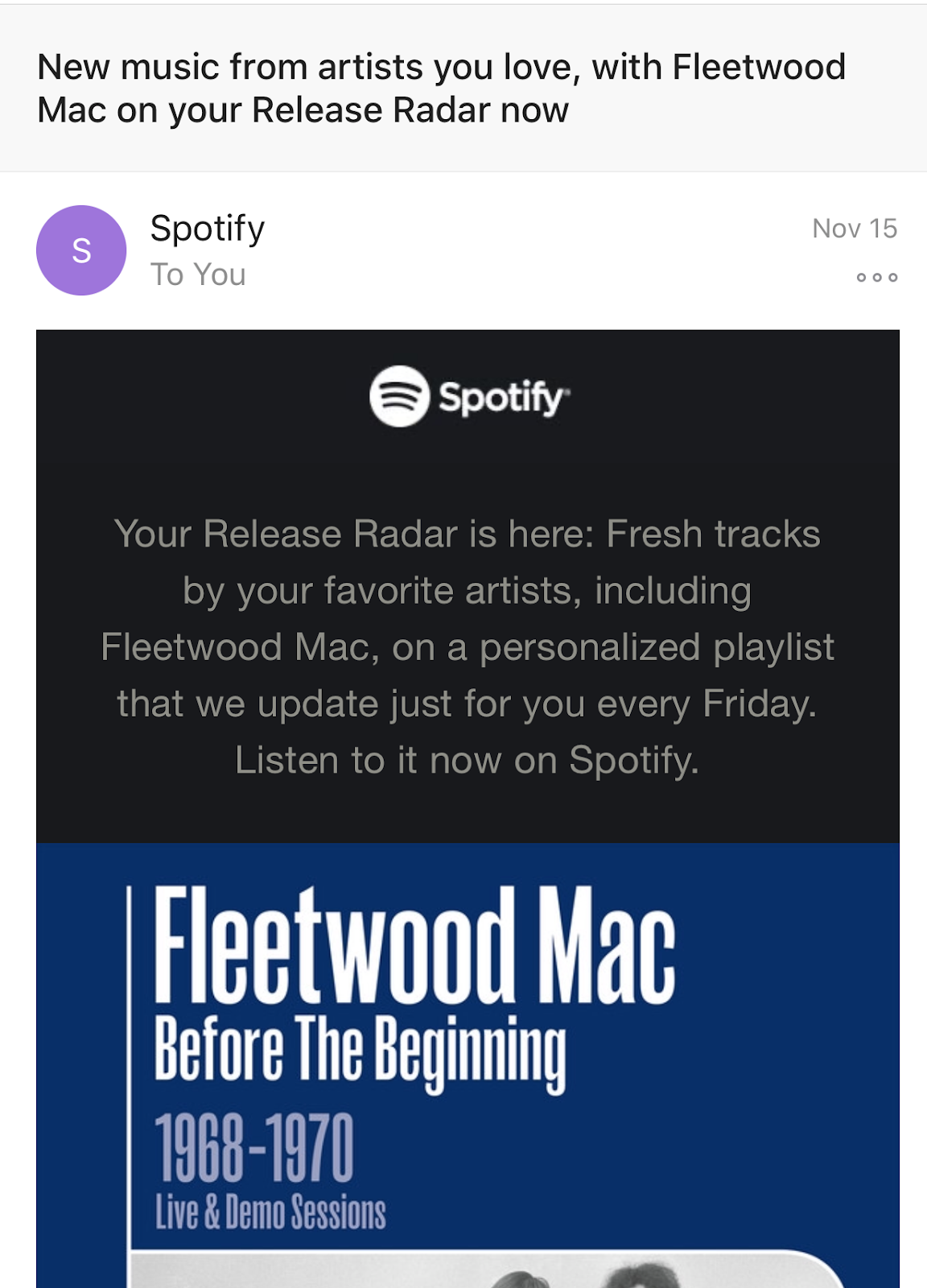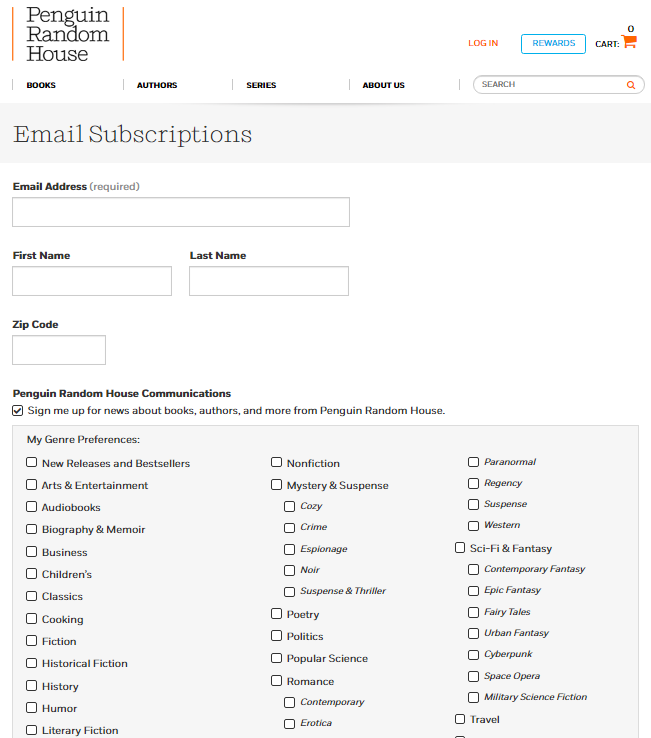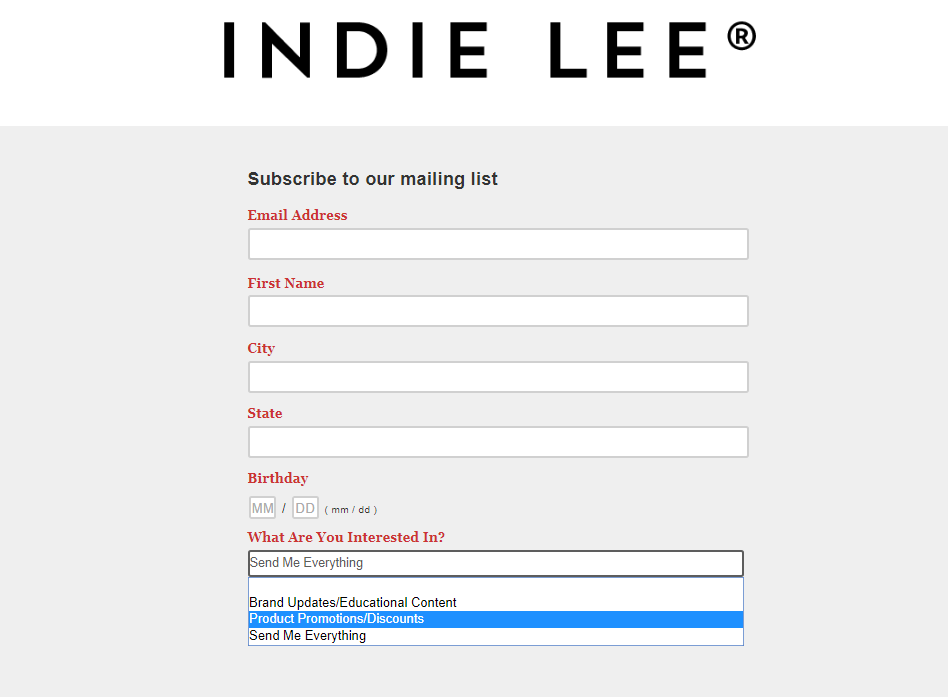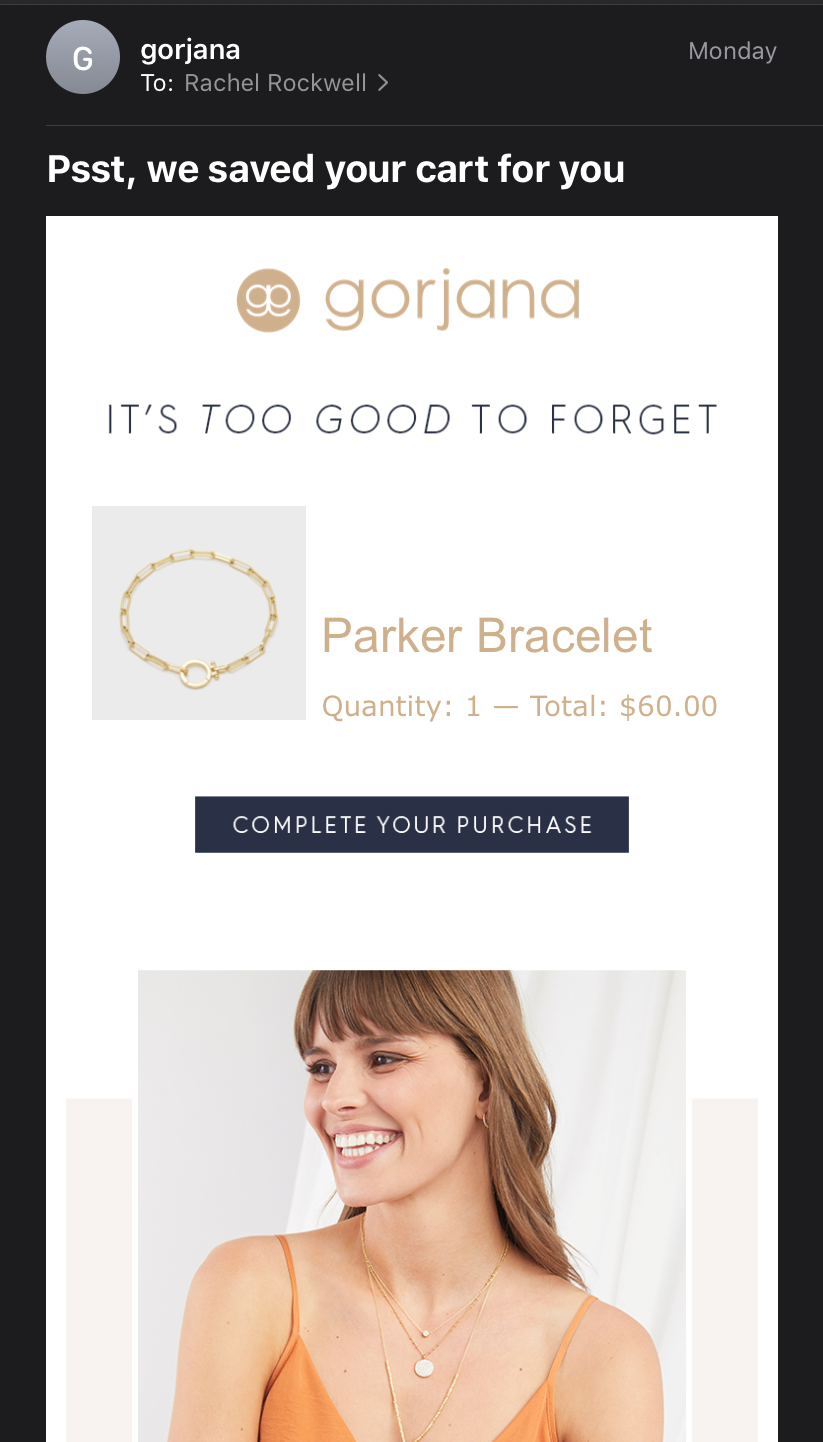Email marketing is an art that takes plenty of time and patience to master. Most of the mastering comes from optimization, but in order to know what or how to optimize, you first need to understand the metrics used to determine the effectiveness and success of your emails.
Download Free White Paper Now: A Beginner’s Guide to Email Marketing
Essential KPIs for email marketing
Key performance indicators, or KPIs, measure the success of your brand, as well as its marketing and sales efforts. For emails, here are the most important KPIs to monitor for every campaign you deploy:
- The number of emails delivered: This is the number of emails actually delivered to your subscribers. It’s important to note that emails can be considered “delivered” even if they land in the junk folder.To ensure more emails get delivered to inboxes, boost your deliverability by maintaining a pristine sender reputation and implementing authentication measures, like SPF and DKIM records, so as not to fall prey to spam. You want this number to be high.
- Open rate: This is simply the number of opens your email received. High open rates equate to high engagement rates, which is another huge factor contributing to email deliverability. Monitoring this KPI lets you know whether your sender name and subject line were successful or should be optimized for the next campaign. You want this number to be high.
- Click-through rate (CTR): This metric lets you know how many people clicked on the link(s) in your email. Make sure you look at the CTR for each link in your email, because a click on the “unsubscribe” button counts, too.One way to track the performance of individual links is by slightly varying the UTM parameters per link. This KPI lest you know which clickable elements, including calls-to-action, worked best and what you can optimize for next time. You want this number to be high.
- Click-to-open (CTO) rate: This metric compares your open and click-through rates to provide insight into the synergy of your subject line and body content. A high open rate but low click-through rate means your subject line was fine but body content could use some optimizing.Conversely, a low open rate but a high click-through rate means that your subject line requires optimization, but your body content was successful. You want this number to be high.
- Bounce rate: This metric identifies the number of bounces, both soft and hard, so you can manage your subscriber lists. Pay special attention to hard bounces, and delete those email addresses from your list immediately. These addresses are often invalid and continuing to send them messages will get you classified as spam. You want this number to be low.One way to ensure a clean email list is utilizing Mirabel Technologies’ Clean Your List, an email verification tool that filters out invalid and unknown addresses and increases email deliverability. The fewer soft and hard bounces, the better.
- Unsubscribe rate: This metric tells you which subscribers are no longer interested in your content. Unfortunately, it’s hard to tell whether the unsubscribe came as a result of gradual disinterest or a snap decision in response to a specific campaign.If an individual email has a high unsubscribe rate, it was likely the latter. Make sure to look at spam complaints, too, as people often choose this route to opt-out of receiving your emails. If both numbers are high, it’s time for some optimizations. You want this number to be low.
Using list segmentation to improve KPIs
What do these KPIs have in common besides being essential to email marketing? They can all benefit from email list segmentation!
A form of targeted email marketing, segmenting your list breaks your subscribers into smaller groups based on shared characteristics and interests. You’ll be able to send content catered to these specific traits. This ensures higher open, click-through, and click-to-open rates, as well as lower bounce and unsubscribe rates.
Don’t believe me?
Maybe these stats from MailChimp will help my case. Generally, segmented campaigns have:
- Open rates 23% higher than non-segmented
- Click-through rates 49% higher than non-segmented
In fact, digital marketers who use segmented email campaigns have seen as much as a 760% increase in revenue, according to metrics found on HubSpot.
So, with that background information, let’s discuss five ways to segment your email address list!
1. New subscribers
Establishing this list segment will allow you to easily send welcome emails, which you can use to offer a welcome promotion, outline the benefits of being a subscriber, or provide background about your brand.
2. Activity
Use email analytics to determine which subscribers engage more than others, and segment them into groups based on their level of activity. This way, you can easily reward active subscribers with special promotions and updates while sending re-engagement or opt-out campaigns to your less-active subscribers.
3. Demographics
This is where you can really dig into the specialization of your campaigns.
Segment your lists based on factors like gender, age, or location, or any combination of the two, or even all three if you want to get really focused.
Now, this seems like an easy way to segment, but it won’t make sense for all brands.
For example, a shoe retailer with options for men and women would want to segment its list by gender.
A financial service with investment options for various stages of life (i.e. saving for college, buying a home, or planning for retirement) would find segmenting by age extremely helpful.
A ticket sales company probably wouldn’t want to promote an event in New York to subscribers in California, thus segmenting by location would be the way to go.
You’ll have to determine which, if any, demographic segments could best boost your email marketing KPIs. But, don’t worry, if this method of segmenting isn’t for you, there are plenty of other options to consider.
4. Interests
With the amount of consumer data that can be gathered nowadays, segmenting by interest is a great path to pursue. It’s not as restrictive as other segmentation options either.
Barnes & Noble, Target, and Spotify (www.spotify.com) all use data from website activity and shopping patterns, which I’ll elaborate more on in just a second, to send specialized emails about the latest historical fiction releases, shoe sales, and music these subscribers would probably like.


You can also allow subscribers to self-segment by adding a selection of your offerings to your subscription sign-up form. This way, when they enter their contact information, they can also check off the boxes of the content they care to receive emails about.




5. Shopping patterns
This includes purchase history, amount of purchase, purchase frequency, purchase cycle, and cart abandonment. These data points can help you send extremely curated campaigns to your customers, such as recommendations for products similar in style, purpose, or price to past items they’ve bought.
You’ll also know to send more emails (or even special rewards) to frequent shoppers, rather than inundating one-time customers, which could result in an unsubscribe or a spam complaint.
Segmenting by purchase cycle isn’t the ideal segment for all brands. However, if a product requires refills or replenishing because it’s used regularly (think: vitamins, groceries, personal care items, etc.), you can use this segment to send customers a reminder when it’s time to place a new order.
Lastly, a gentle nudge from a cart abandonment email can help customers follow through with a purchase. Omnisend reports that 34% of consumers who click on the link in an abandoned cart email end up making a purchase.
If a company already has a customer’s email address, these emails can be triggered to send when an item gets added to a cart but no action is taken to purchase.
During checkout, it’s smart to require customers to provide their email addresses prior to inputting any billing or shipping info. This way, if they abandon the cart mid-checkout, you can still send that follow-up reminder to complete their purchase.


The bottom line on list segmentation
Segmenting your email list is vital in order to succeed in email marketing. Sure, modifying sender names, subject lines, and body content can help, but the most solid way to improve your KPIs is to send campaigns that your subscribers truly want — campaigns they’ll open, click through, and won’t unsubscribe from.
To learn more about the basics of email marketing, download A Beginner’s Guide to Email Marketing by Mirabel’s Marketing Manager. Click on the button below to download your copy:
SEE FOR YOURSELF
Watch an overview to learn how B2B marketing automation by Mirabel Technologies can help you increase traffic, optimize your funnel, drive more leads, improve conversions, and boost ROI — at a price you can afford!

